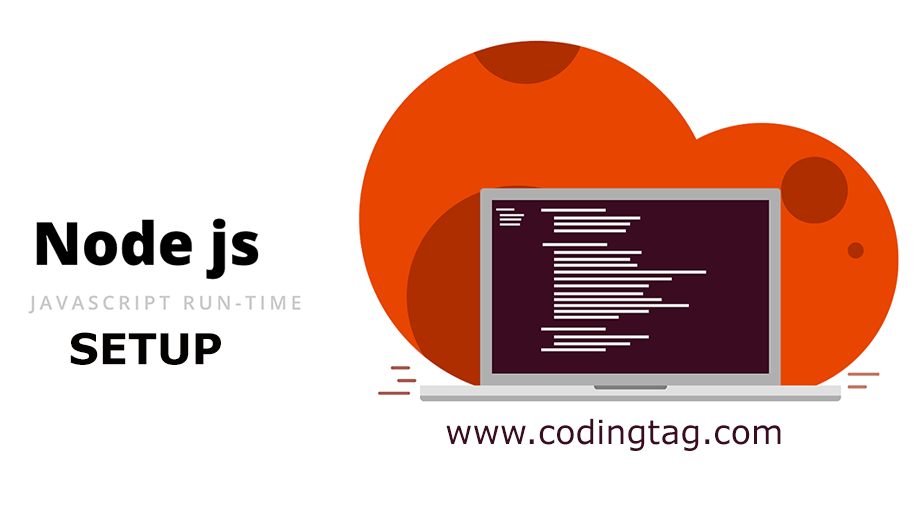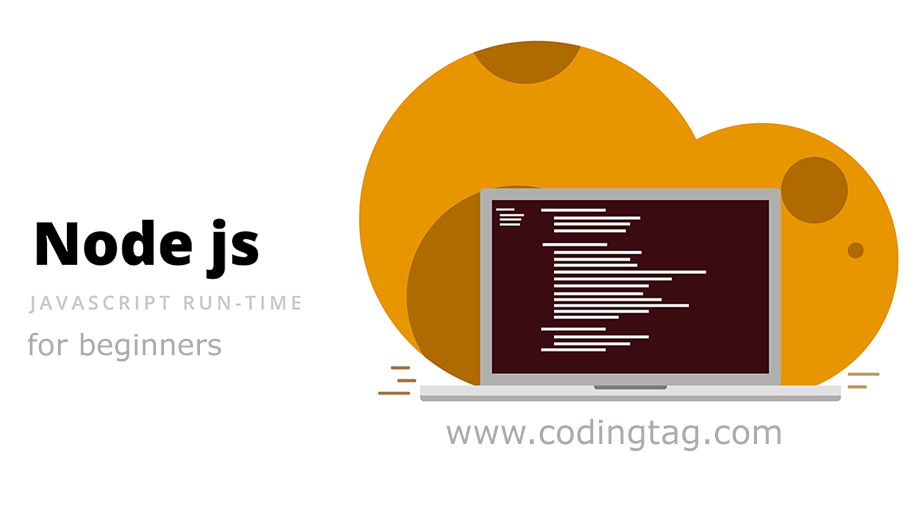NPM in Node.js
0 114
Introduction to NPM in Node.js
Node.js, a popular runtime environment for JavaScript, is paired with NPM (Node Package Manager), an essential tool for managing packages or libraries. With NPM, developers can easily handle external libraries, install packages, and maintain project dependencies. Whether you're building a small application or a large enterprise solution, understanding NPM is crucial for effective Node.js development.
What is NPM?
At its core, NPM is a command-line tool that comes bundled with Node.js. It allows developers to install, update, and manage various JavaScript packages that can enhance the functionality of Node.js projects. NPM also connects to a vast registry where developers can find and contribute packages. This registry acts as a repository of over a million open-source libraries, making it easier to share code and reuse components in your own applications.
Why Use NPM?
NPM simplifies the process of integrating third-party tools into your projects. It handles the complexities of managing dependencies, versioning, and conflicts, so you can focus on developing your application. Here are some key reasons to use NPM:
- Easy Dependency Management: NPM helps you track, install, and update dependencies with minimal effort.
- Huge Library of Packages: With over a million packages in the NPM registry, you can find solutions for almost any problem you encounter.
- Version Control: NPM allows you to specify and manage package versions, ensuring compatibility across different development environments.
How to Install NPM
Installing NPM is simple and straightforward. Since NPM is bundled with Node.js, the only step you need to take is installing Node.js itself. You can download the installer from the official Node.js website. Once installed, NPM is ready to use.
Basic NPM Commands
After installation, you can use various NPM commands to manage your project dependencies. Here are some of the most commonly used commands:
- npm init: Initializes a new Node.js project and generates a
package.jsonfile. - npm install [package-name]: Installs a package and its dependencies.
- npm update: Updates all the installed packages to their latest versions.
- npm uninstall [package-name]: Removes a package from the project.
NPM and package.json
The package.json file is a vital component of every Node.js project. It stores metadata about your project, including the list of dependencies, version information, and scripts for automating tasks. By running npm init, NPM creates this file for you, ensuring that your project is well-defined and its dependencies are managed correctly.
Working with NPM Scripts
NPM allows you to define custom scripts to automate repetitive tasks in your development workflow. For example, you can define a script to start your server, run tests, or build your application. You can add these scripts to the package.json file under the "scripts" section. Here’s an example:
{
"scripts": {
"start": "node app.js",
"test": "mocha tests"
}
}
Conclusion
NPM is an indispensable tool for every Node.js developer. It streamlines the process of managing packages, dependencies, and scripts, allowing you to focus on building your application. Whether you're just getting started with Node.js or are an experienced developer, mastering NPM will significantly improve your workflow and productivity.
If you’re passionate about building a successful blogging website, check out this helpful guide at Coding Tag – How to Start a Successful Blog. It offers practical steps and expert tips to kickstart your blogging journey!
For dedicated UPSC exam preparation, we highly recommend visiting www.iasmania.com. It offers well-structured resources, current affairs, and subject-wise notes tailored specifically for aspirants. Start your journey today!

Share:




Comments
Waiting for your comments